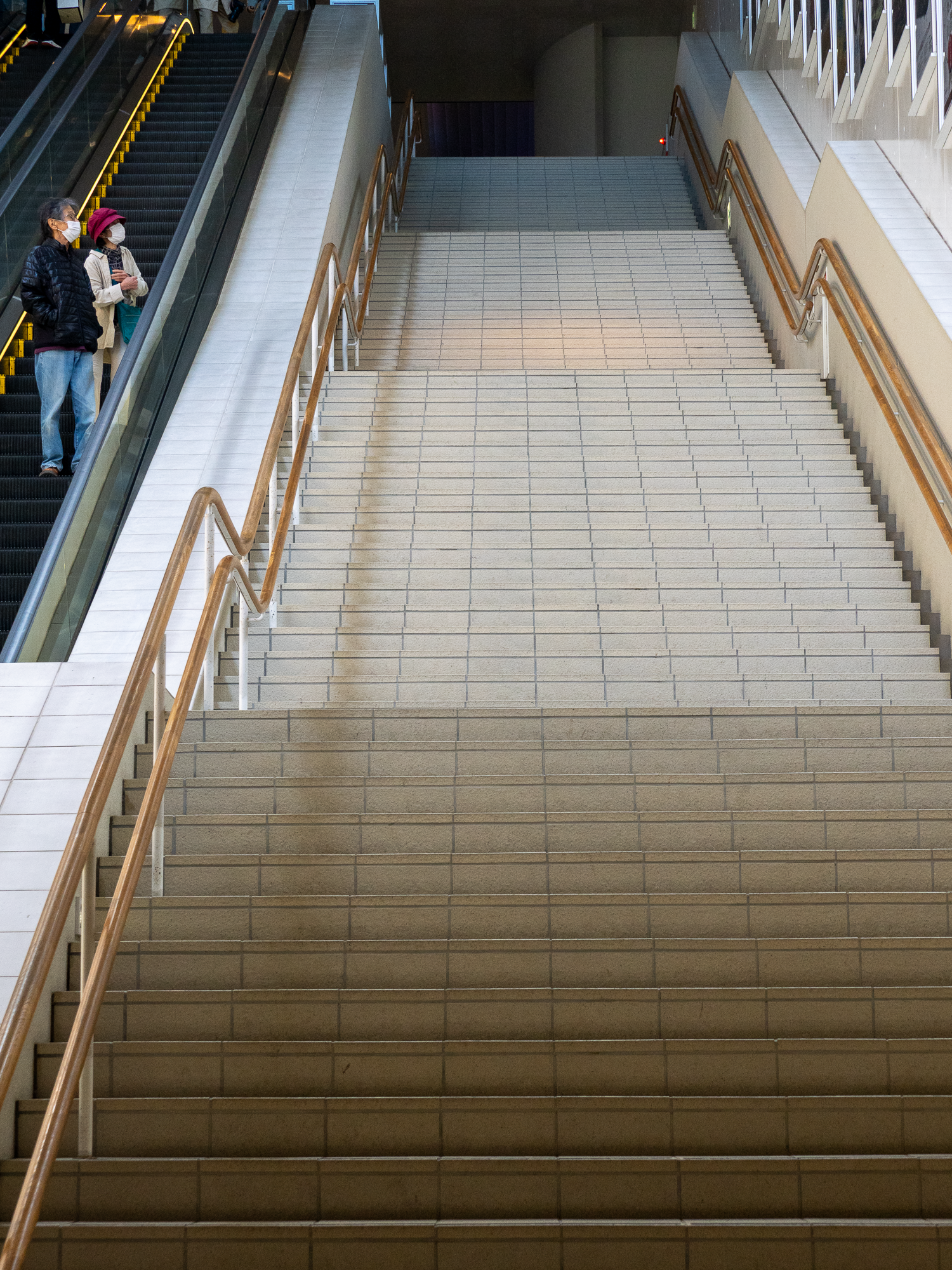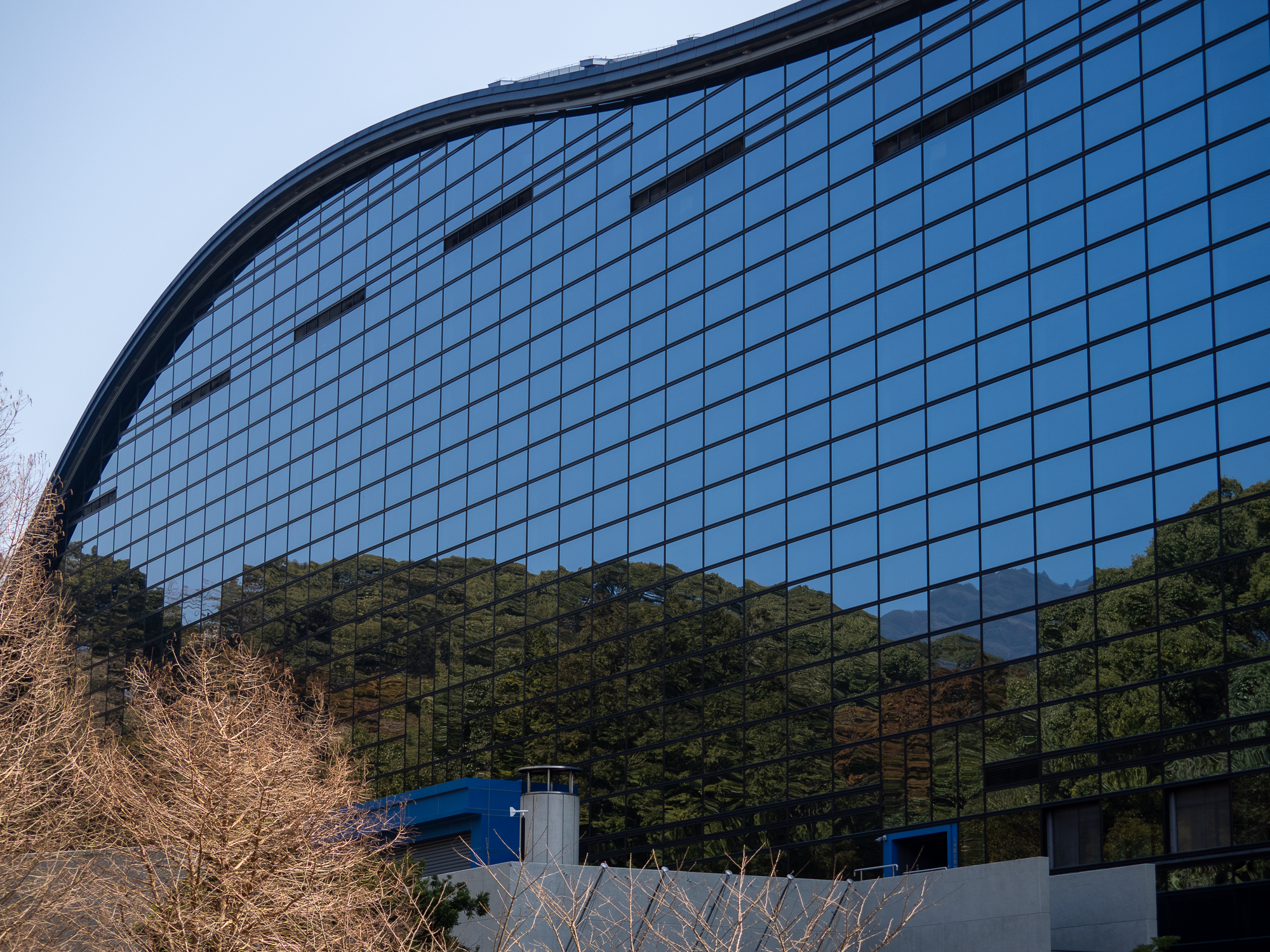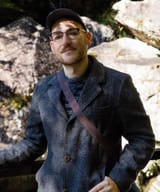Nagasaki–Fukuoka Trip
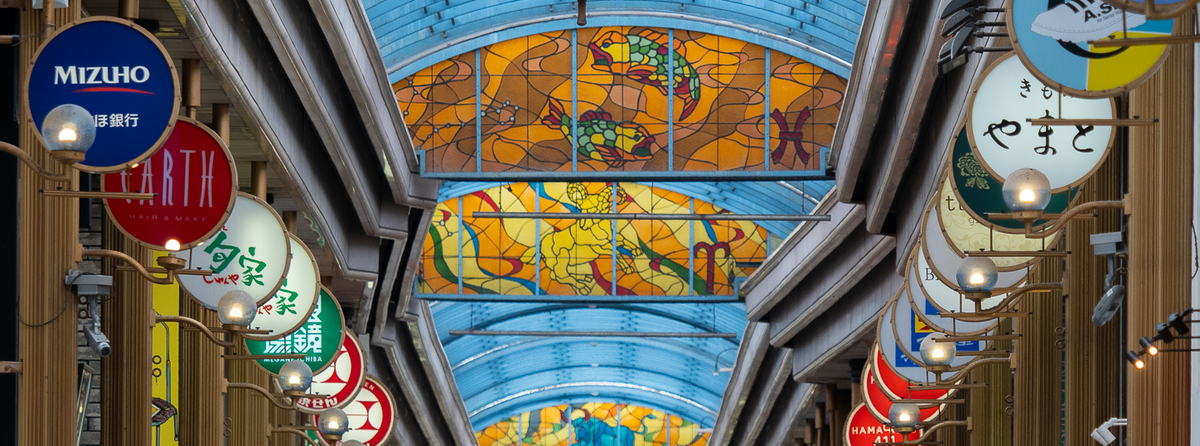
Earlier this year, I went on a business trip to Kyūshū for the first time. Since it was for work, I did not have much time to dedicate to tourism. Thankfully, not long after that, colleagues invited me on a trip to Nagasaki and Fukuoka. Here is a brief travel log.
Nagasaki
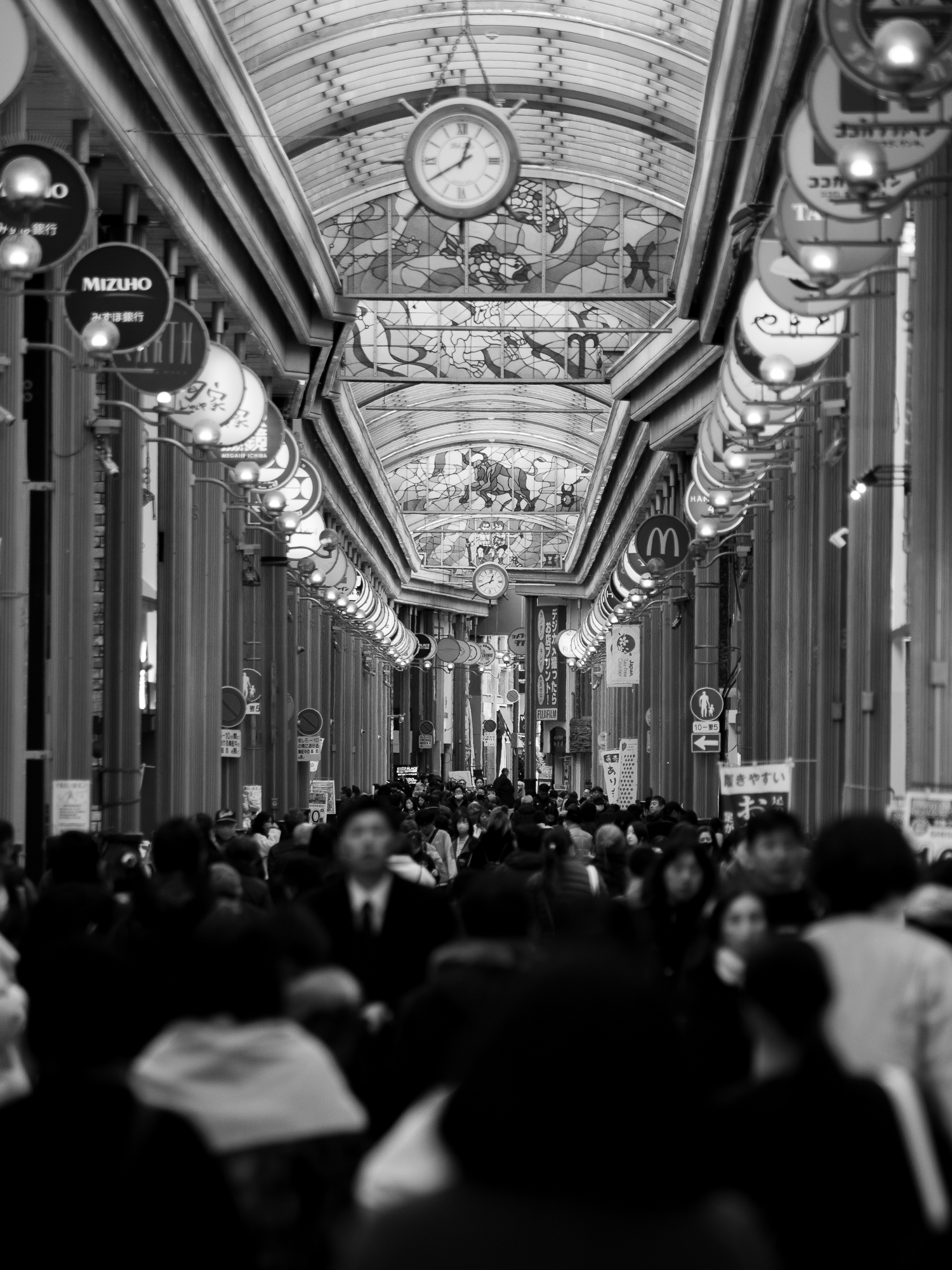
I cannot recommend this destination enough. It is hard to overstate the city's cultural and historical significance. While many people from Europe or America may associate this city primarily with its tragic fate at the end of the Second World War, its importance goes far beyond that.
Ōura Cathedral(大浦天主堂)
For centuries, Nagasaki was Japan's gateway to the West, playing a significant role in cultural and scientific exchanges between both cultures. Portuguese missionaries, and later, the Dutch, left a lasting impact on the city, which can still be felt today. One such remnant of their passage is the Ōura Cathedral.
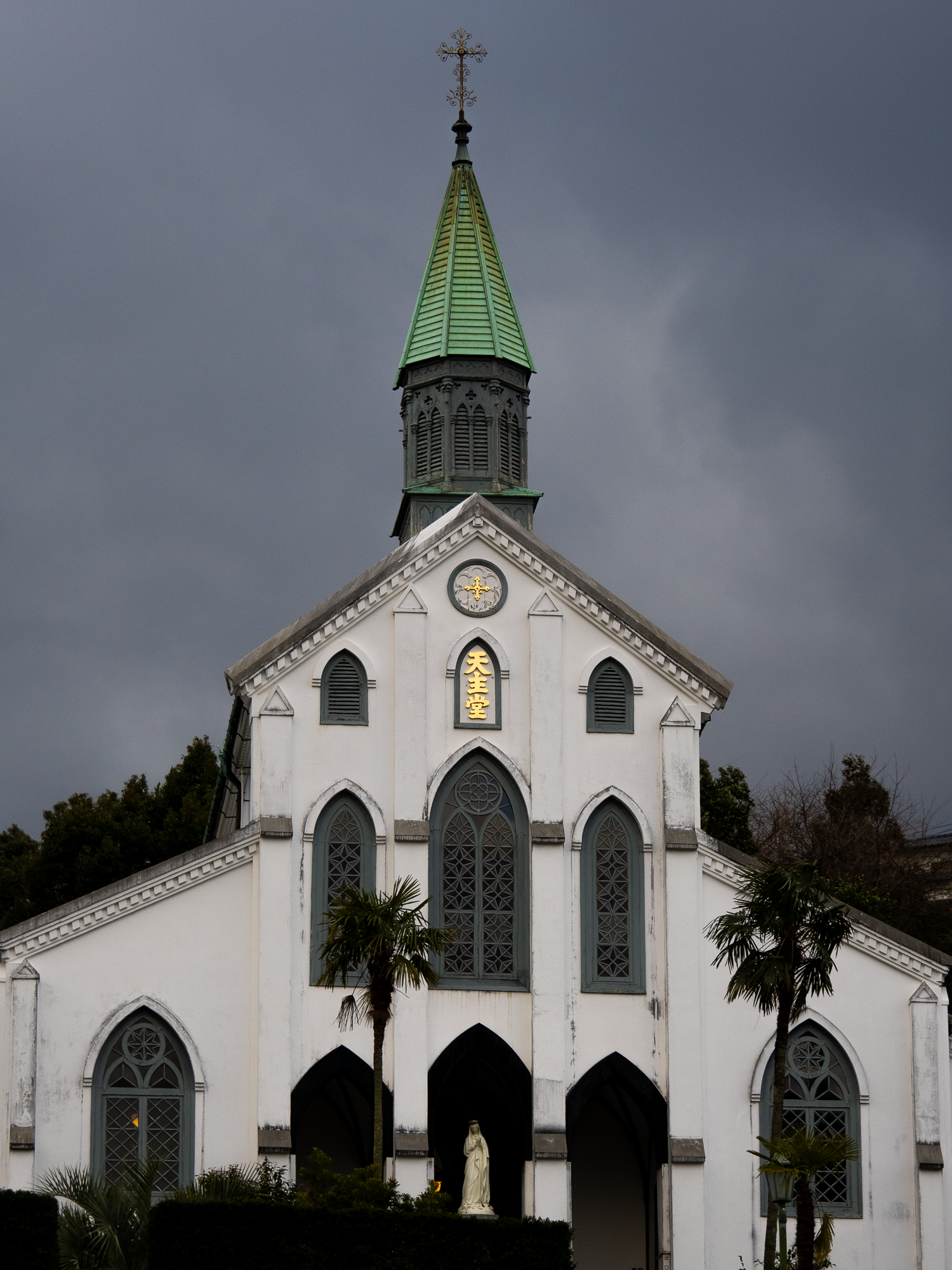
While being Japan's oldest surviving church, it is a rare sighting in a country where Christianity has historically been a minority religion.
Dejima(出島)
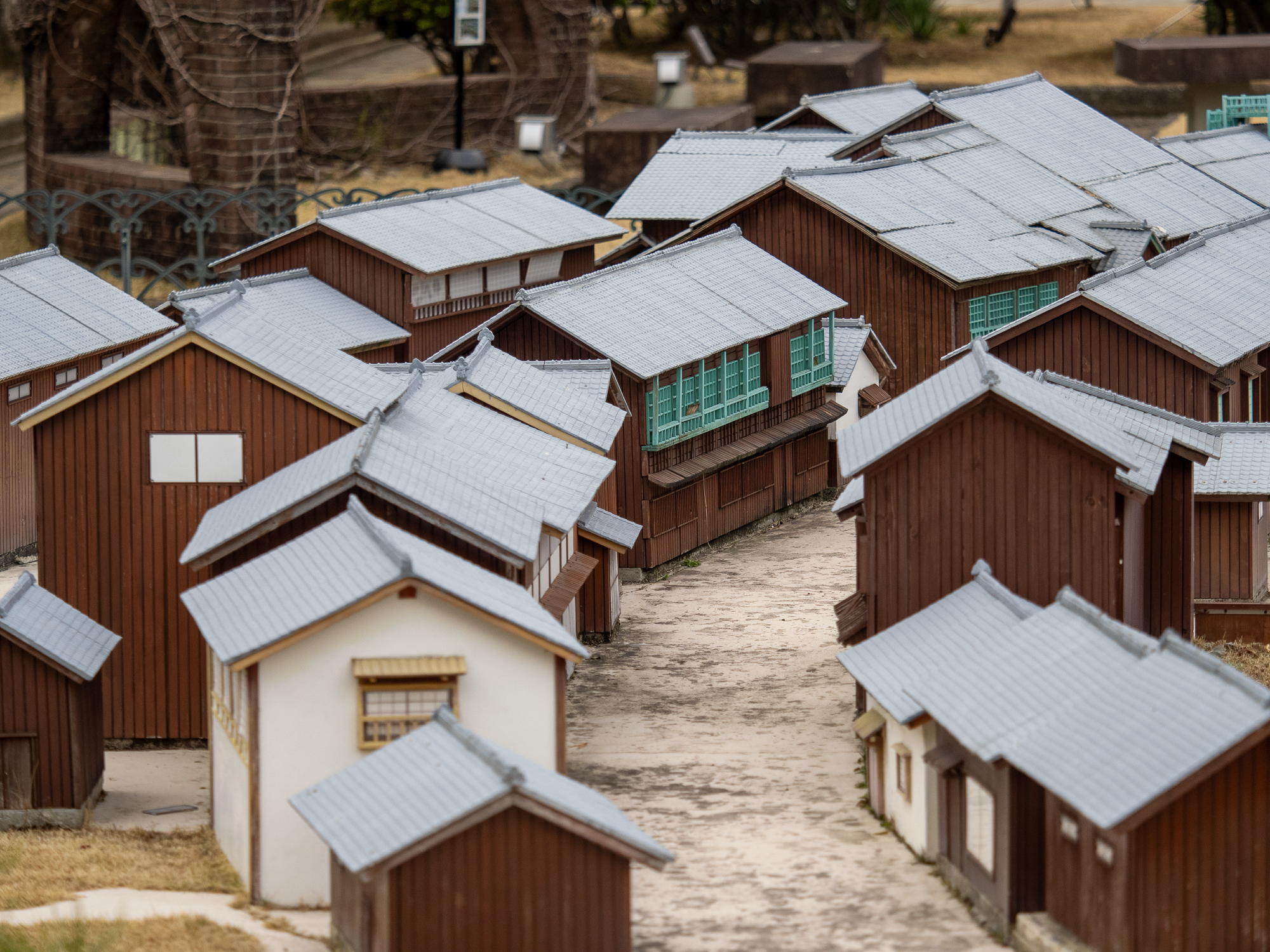
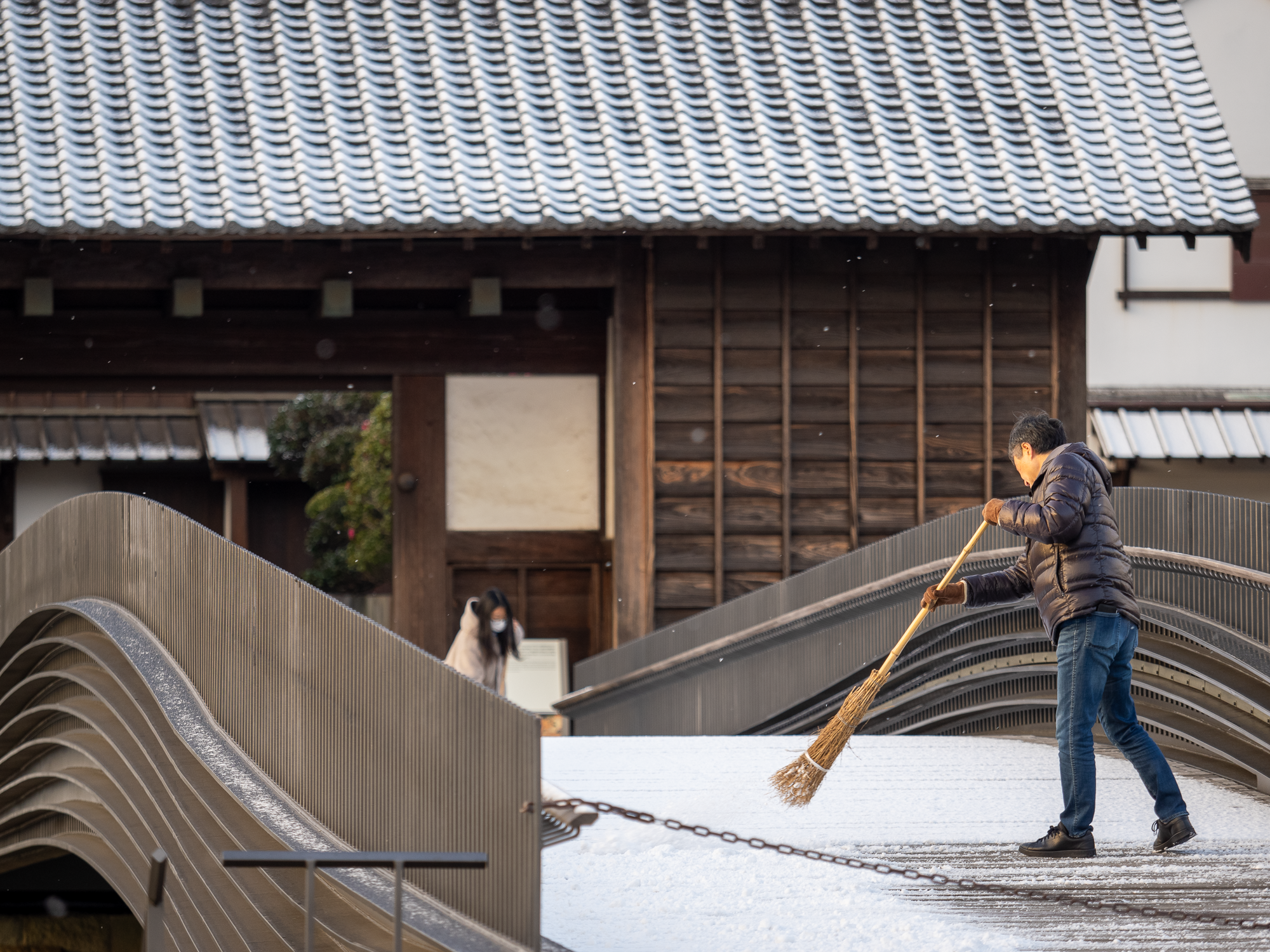
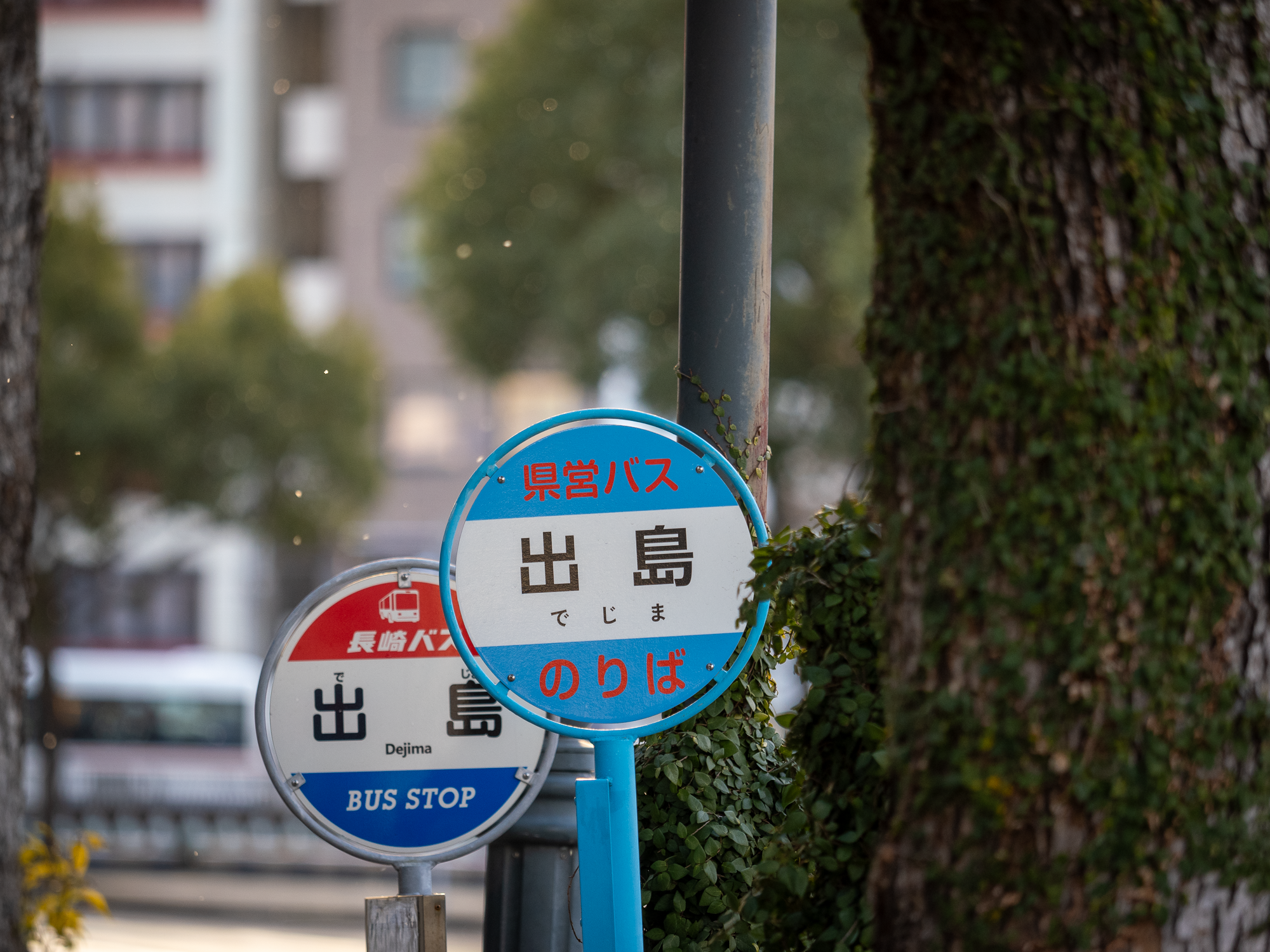
Dejima is a small artificial island in Nagasaki Bay and another testament to the city's role as Japan's window to the outside world. It was first built in the 17th century to house Portuguese traders but was later converted to a Dutch trading post after Christianity was banned. For over 200 years of isolation, Dejima was Japan's only sanctioned point of contact with Europe. It was where most of the exchange of art, ideas, and scientific knowledge took place.
Chinatown(中華街)
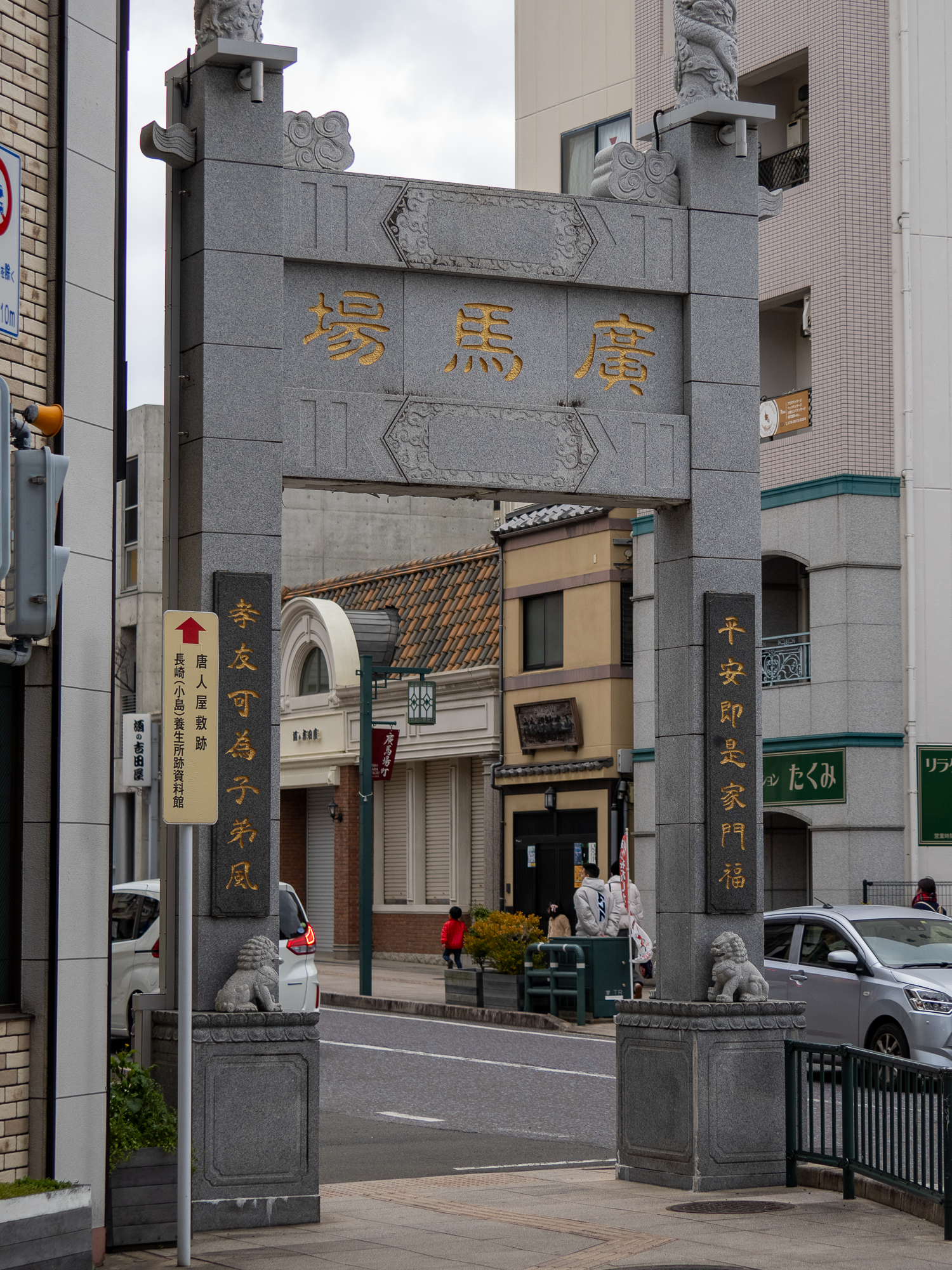
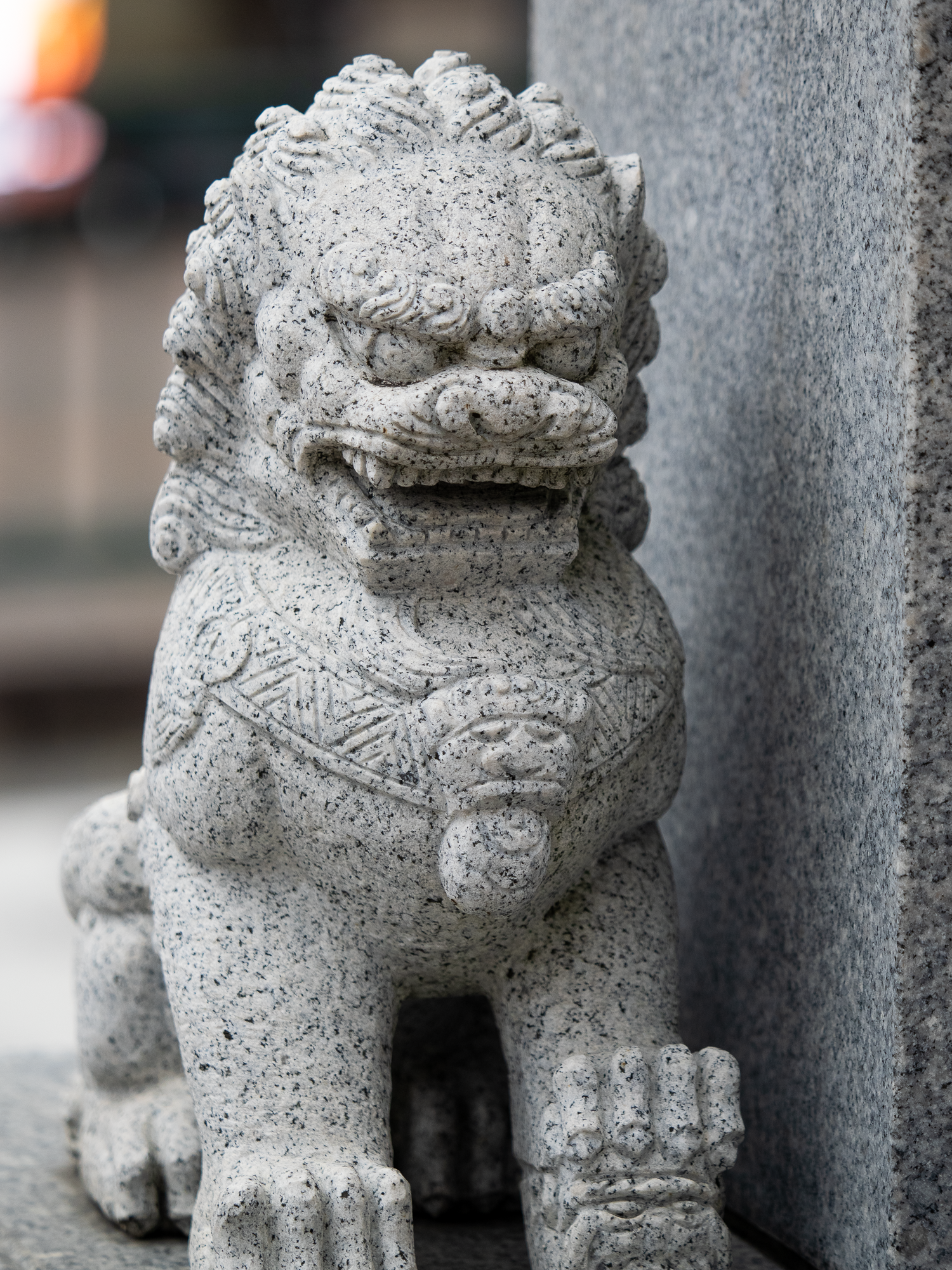
Nagasaki also has a rich Chinese cultural heritage, and one of the oldest Chinatown in Japan. It was first established by Chinese traders who settled in the city during the Edo period.
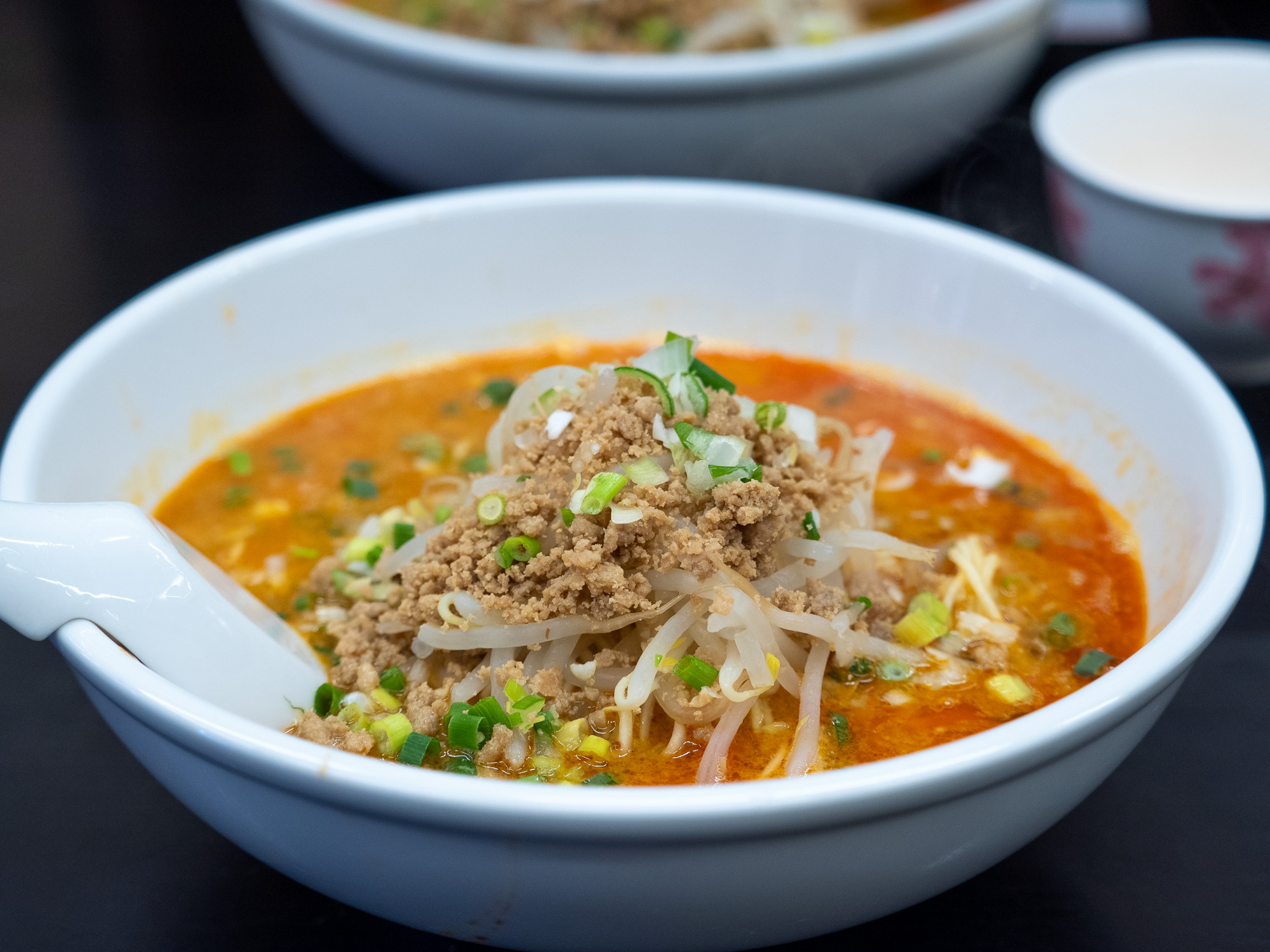
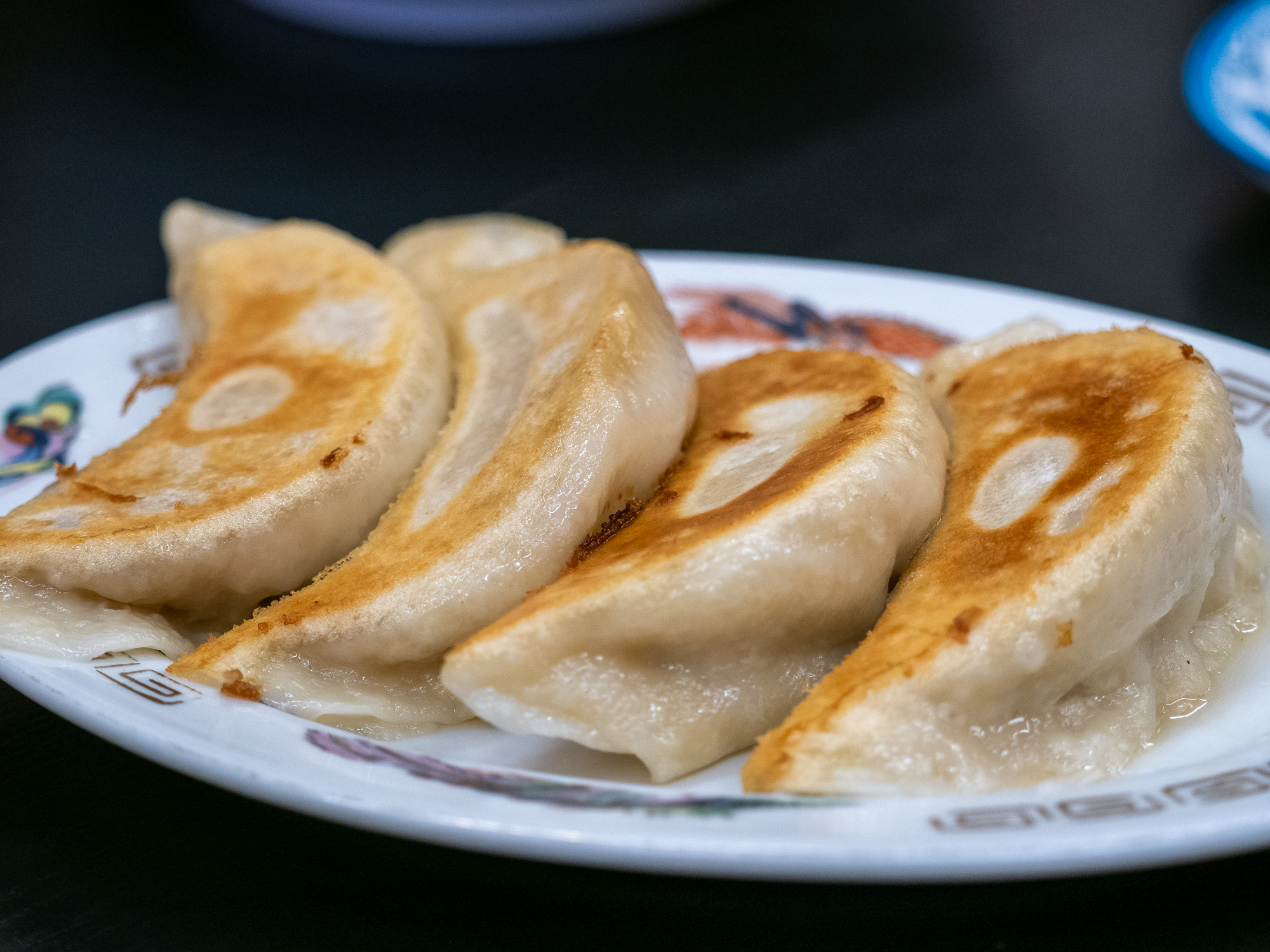
Meganebashi(眼鏡橋)

Meganebashi (just behind the bridge in this photo) is Japan's oldest arch bridge. It was built in the 17th century by a Chinese monk.
Some shots of Nagasaki
Here are some more shots of the city. It also boasts a tram, which is a rare feature in Japan.
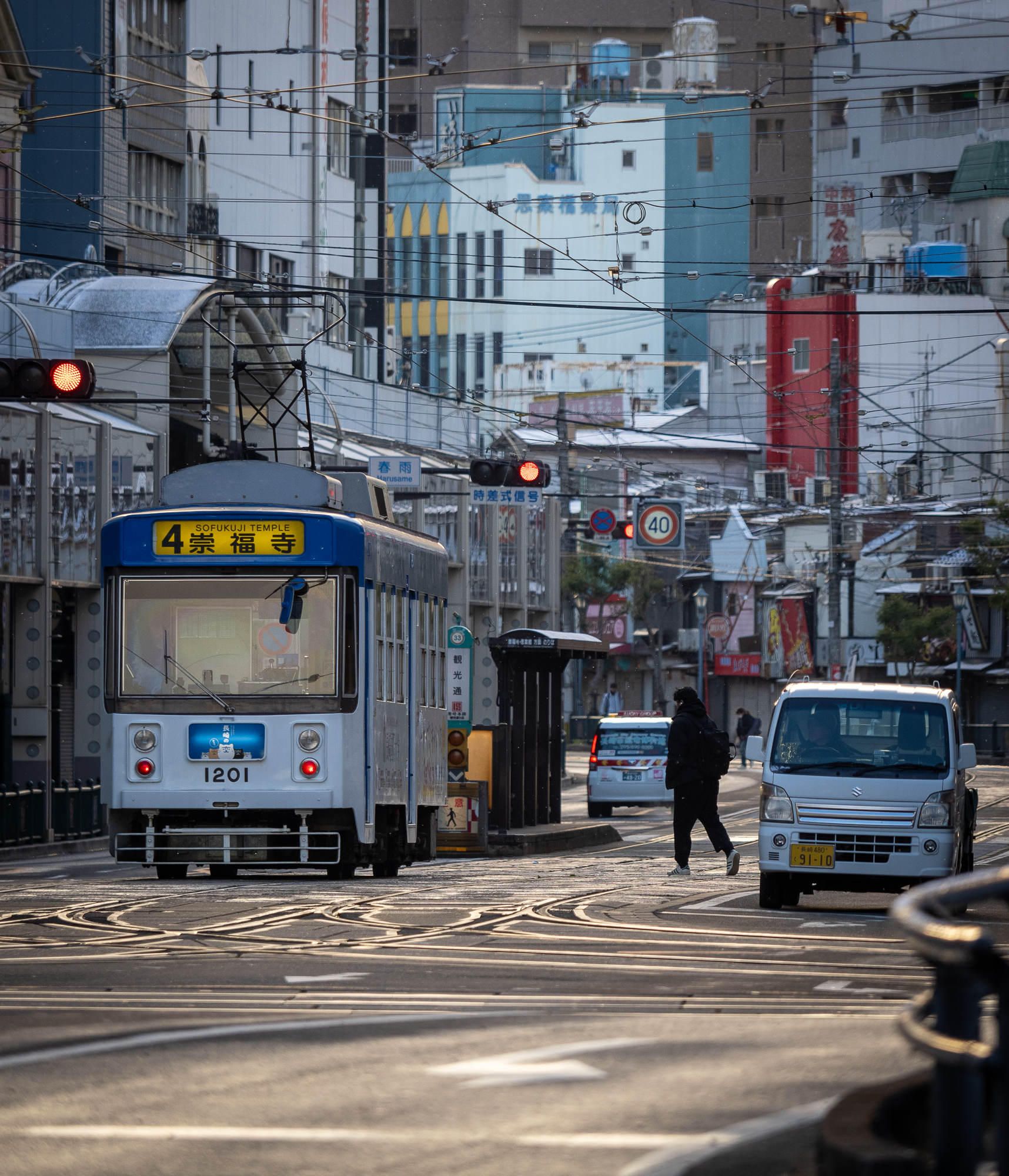
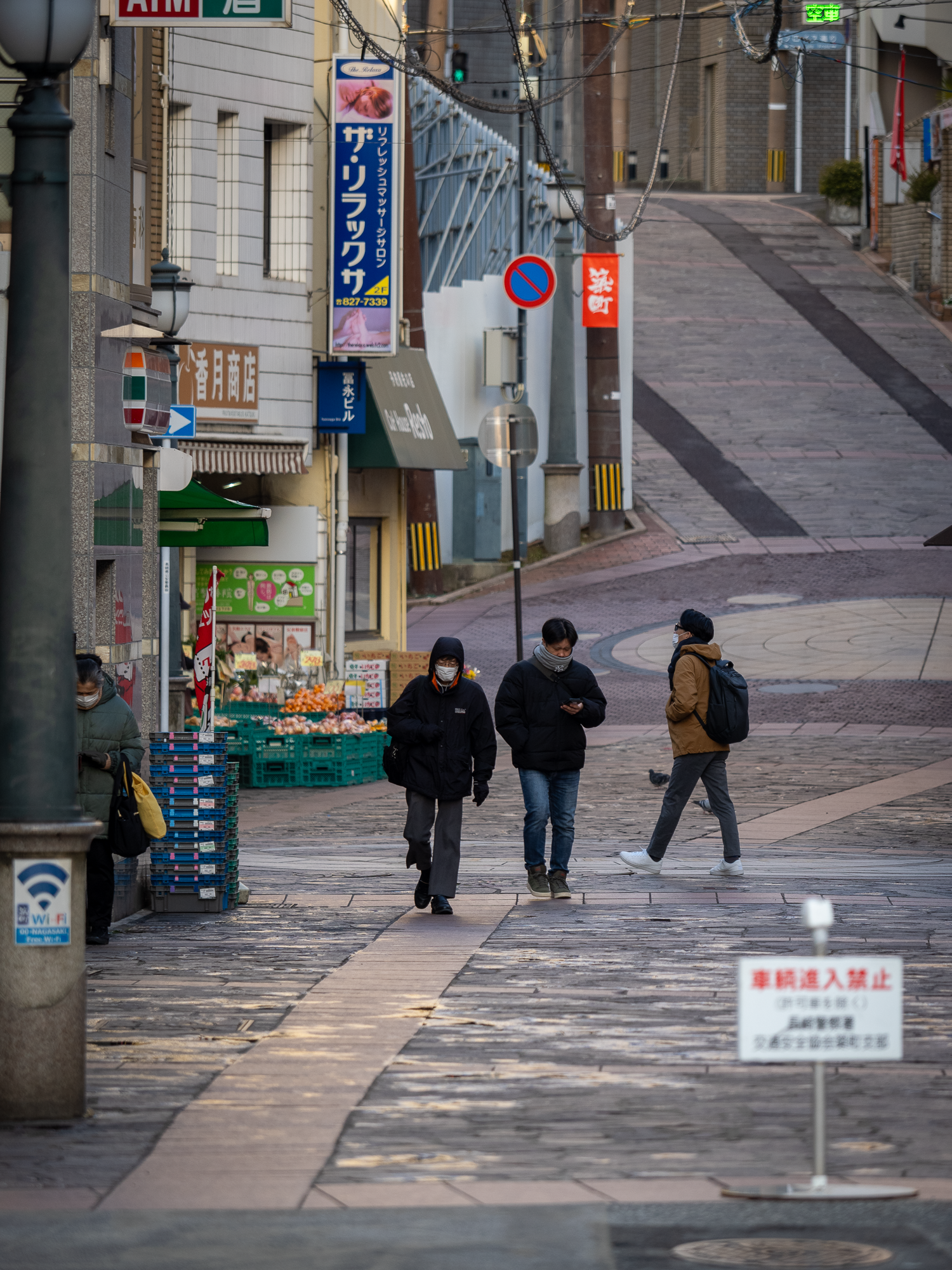
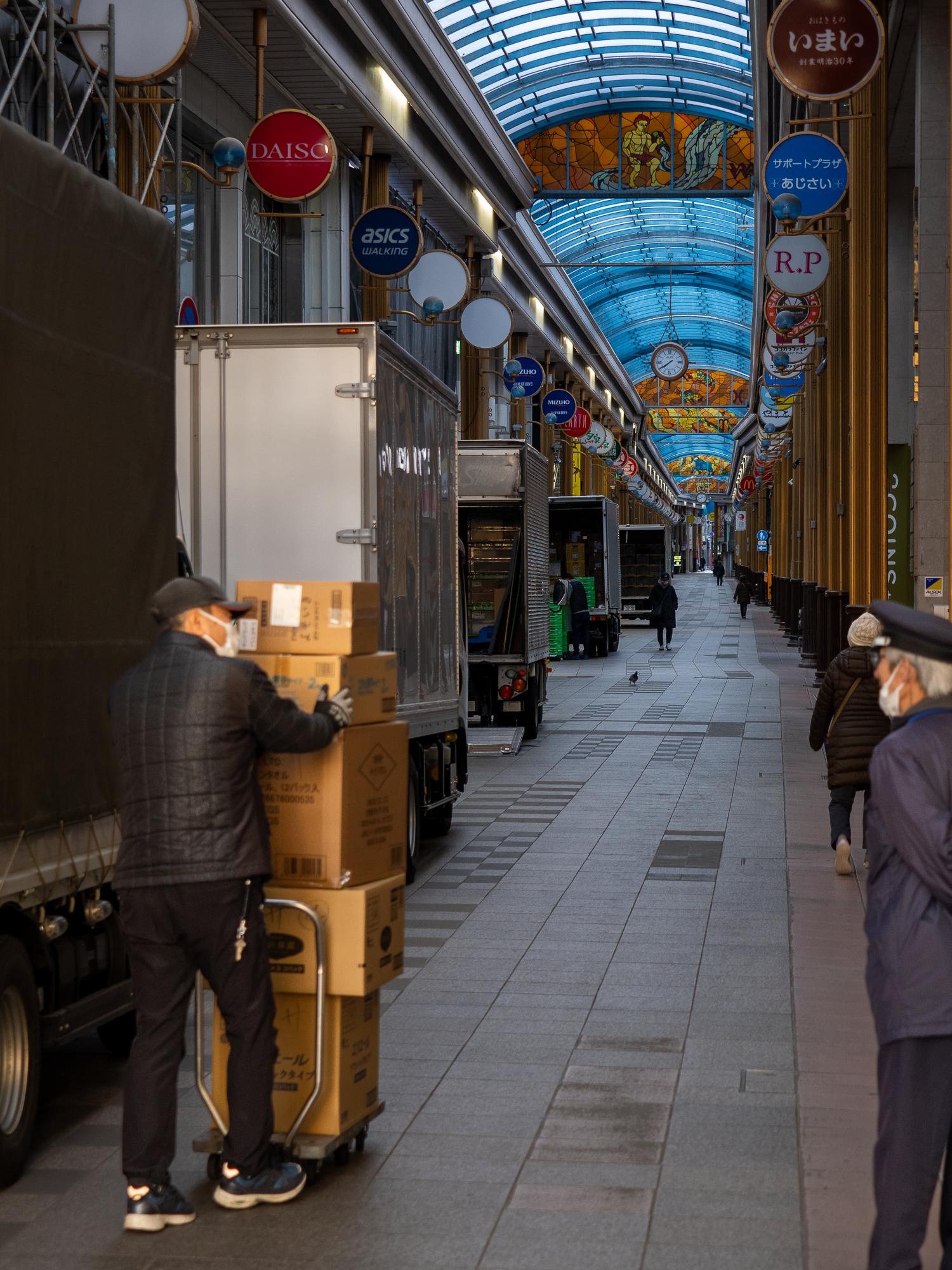
Trying my hand at street photography
One-legged Torii and Peace Park(一本柱鳥居・平和公園)
Of course, Nagasaki is most famous for its tragic fate at the end of the Second World War, and its scars can be seen in several places in the city, like this one-legged torii, which was destroyed in the nuclear explosion.

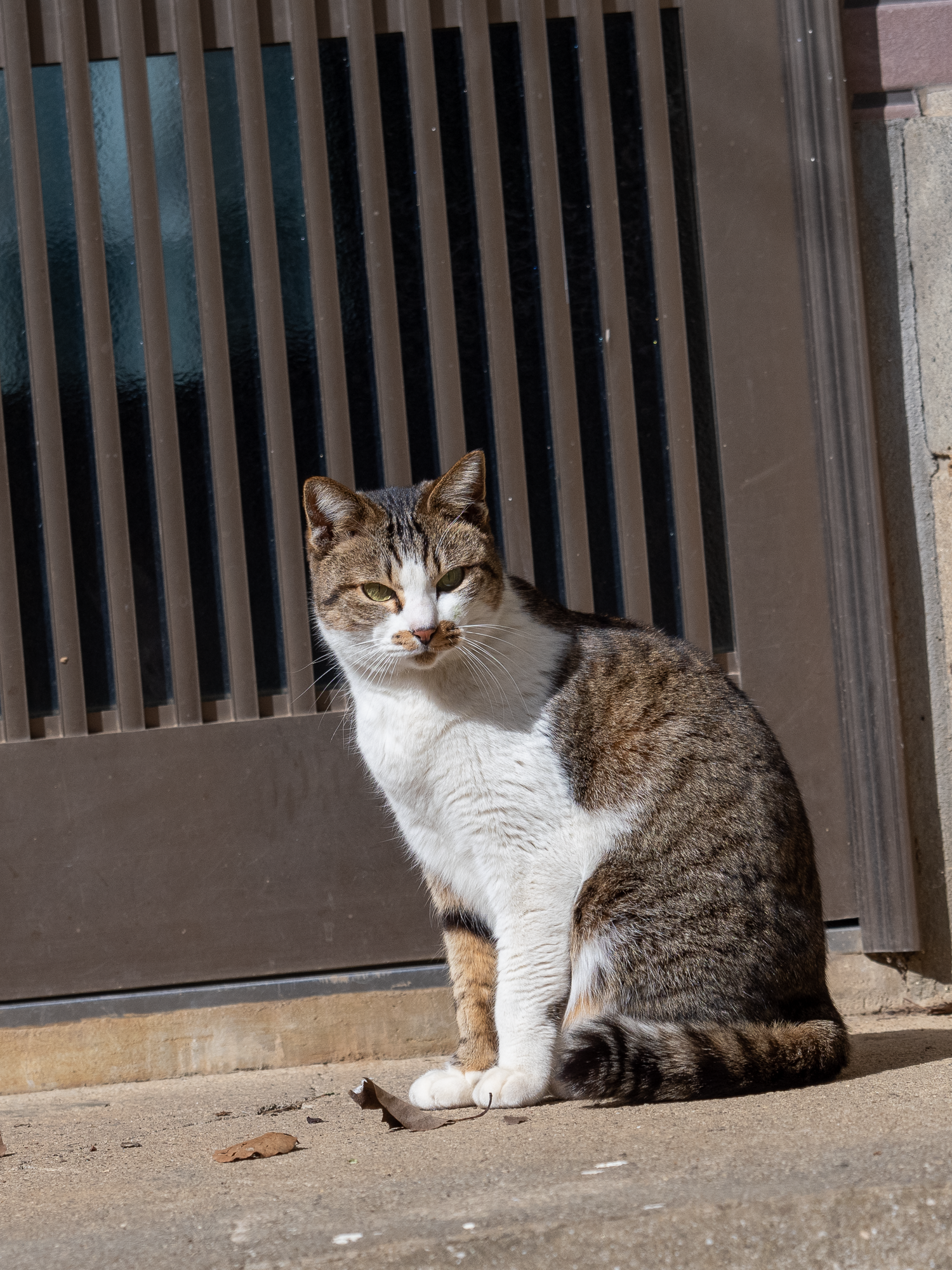
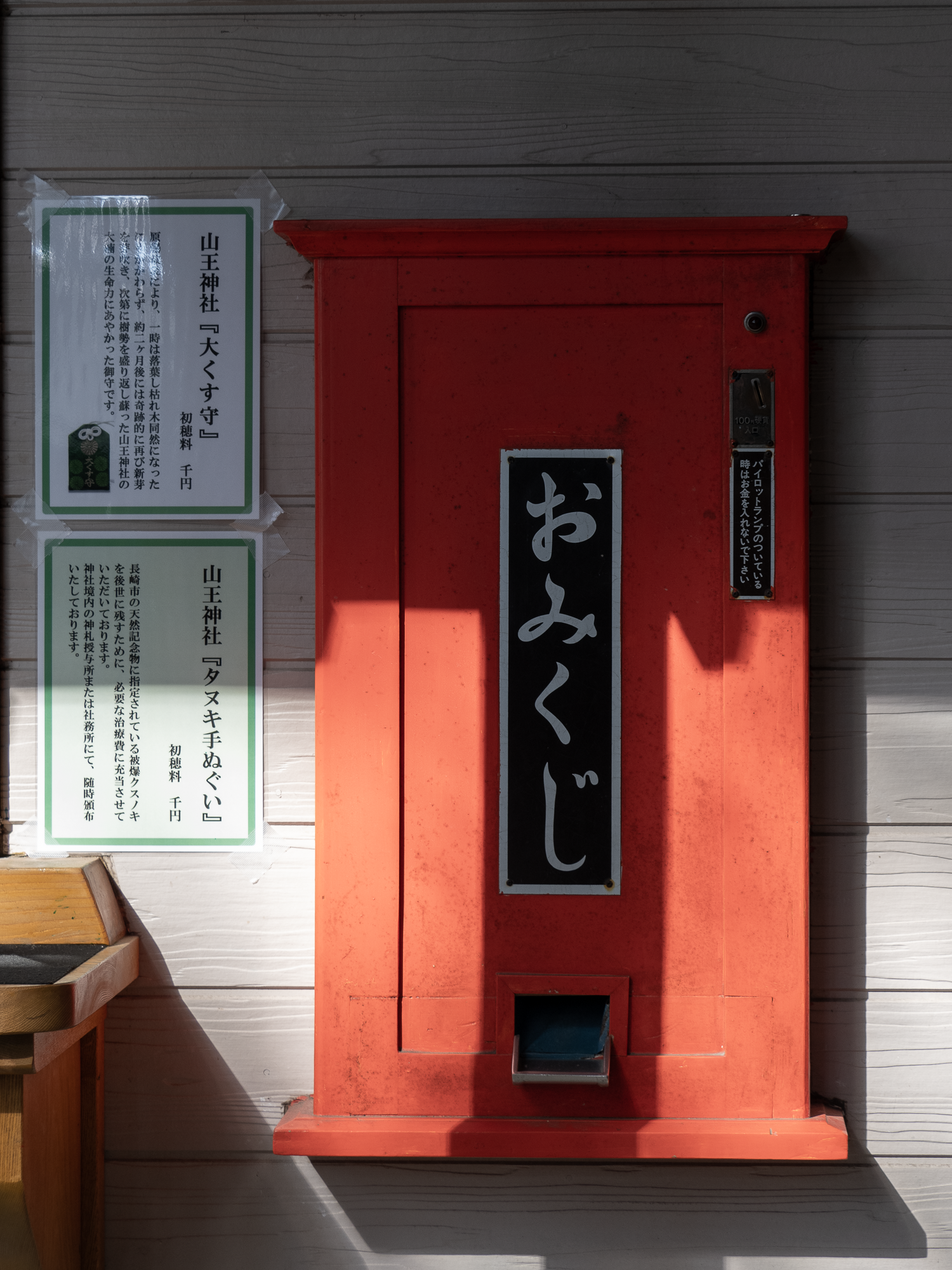
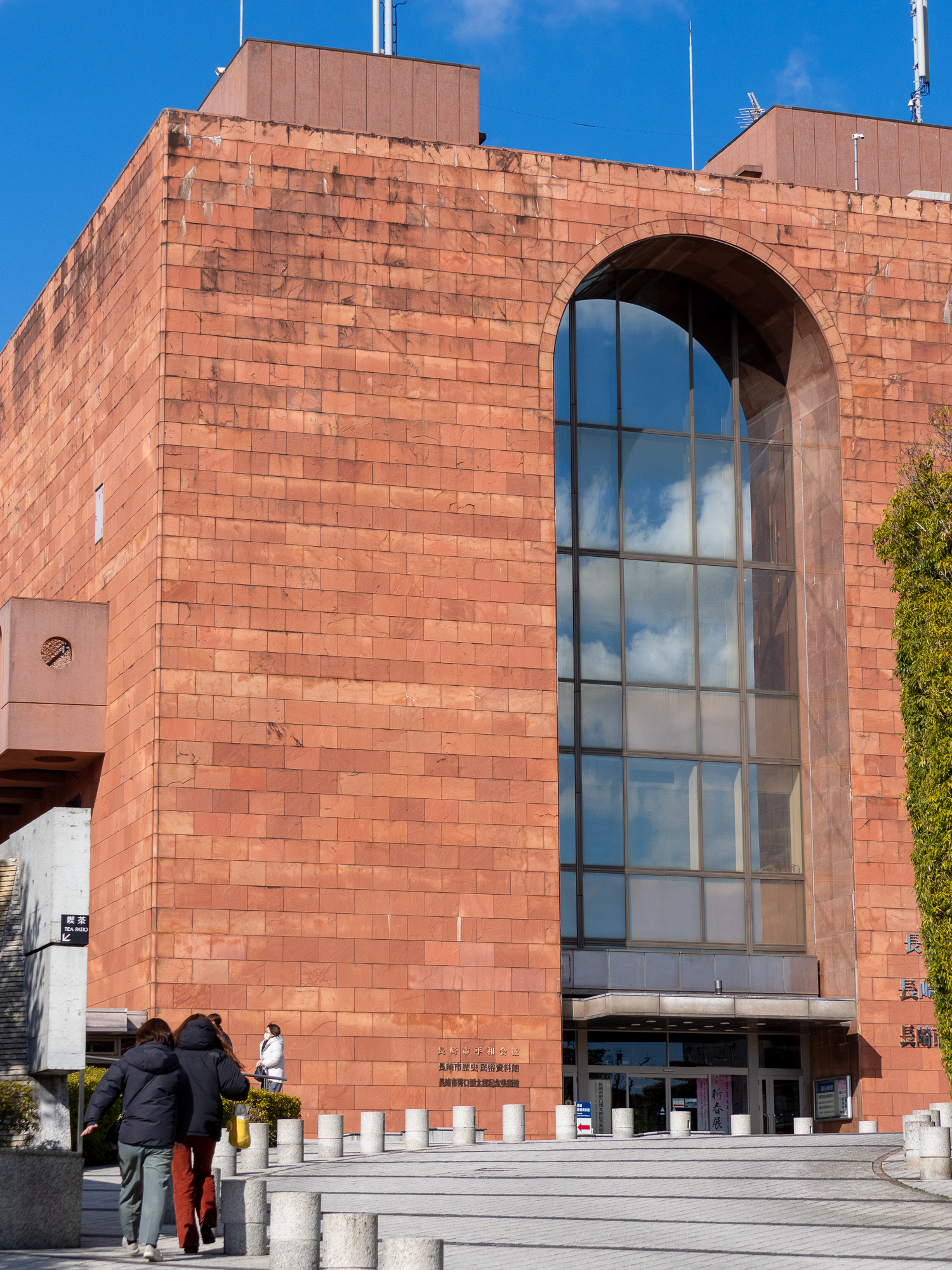
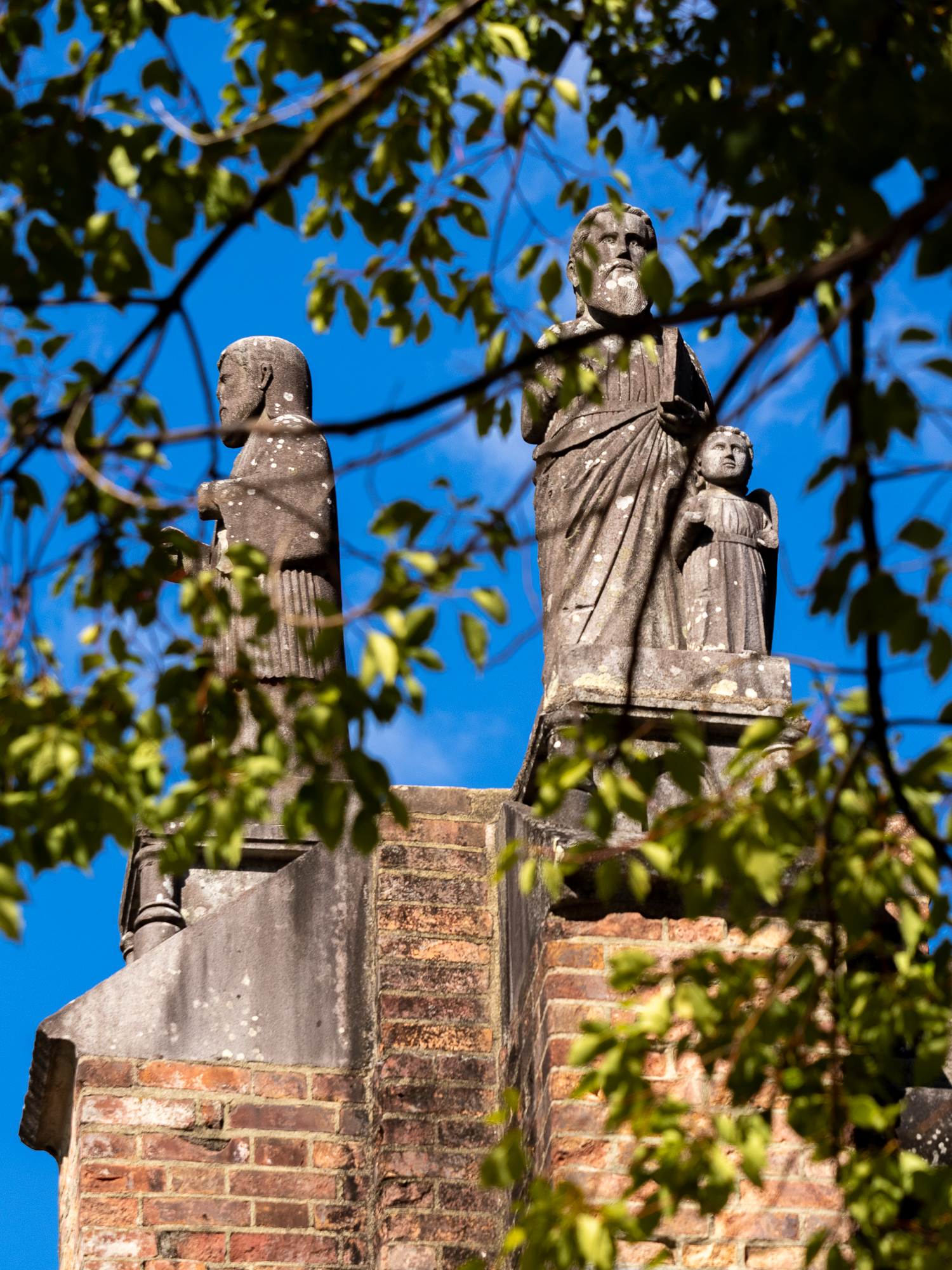
Fukuoka
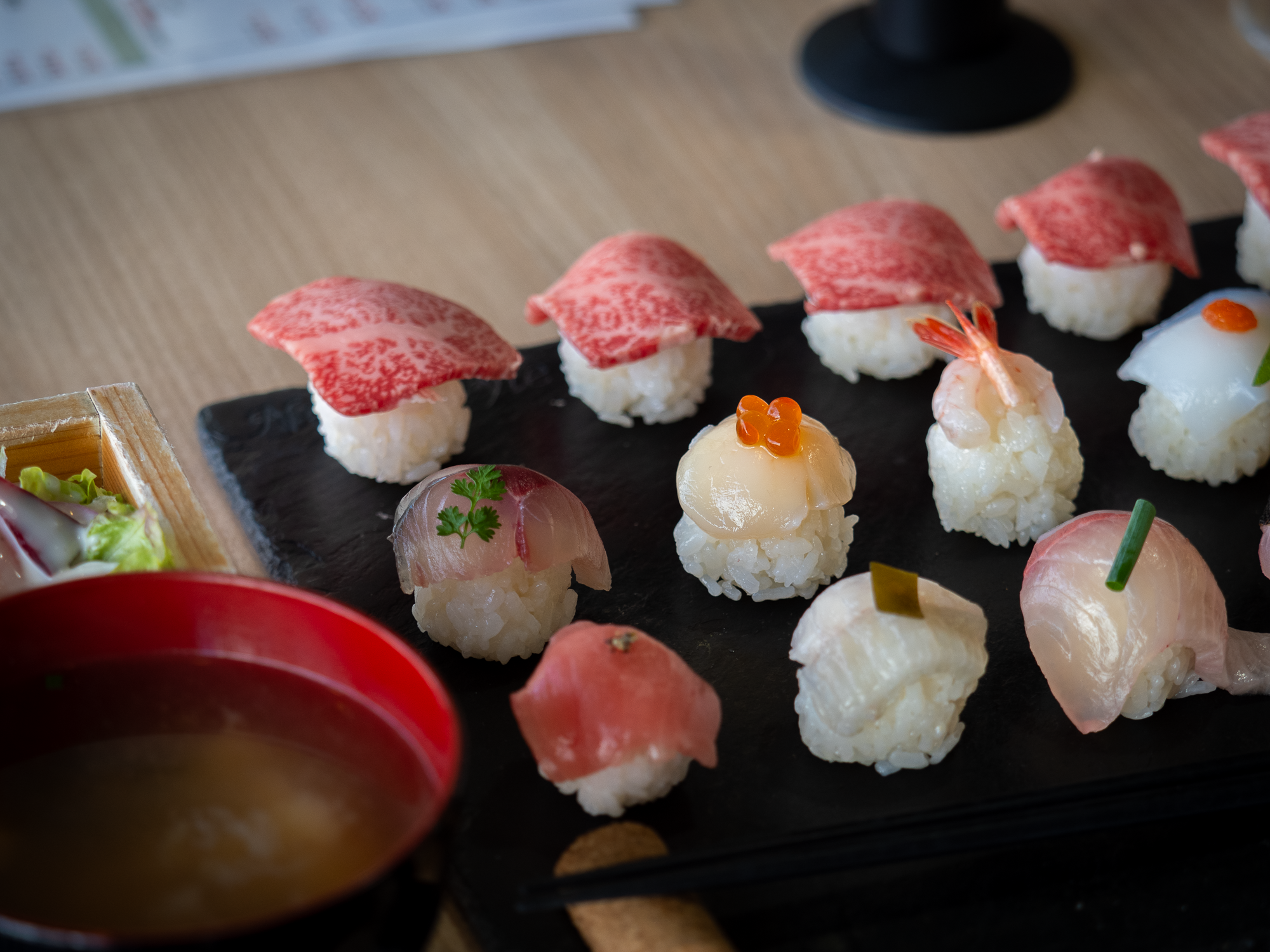
Fukuoka is the biggest city in Kyūshū. In a good way, it doesn't feel too different from Tokyo. Although it doesn't boast the same cultural density as Nagasaki, it is acclaimed for its food, and the yatai (food stands) along the river are great in the evening.
Kushida Shrine(櫛田神社)
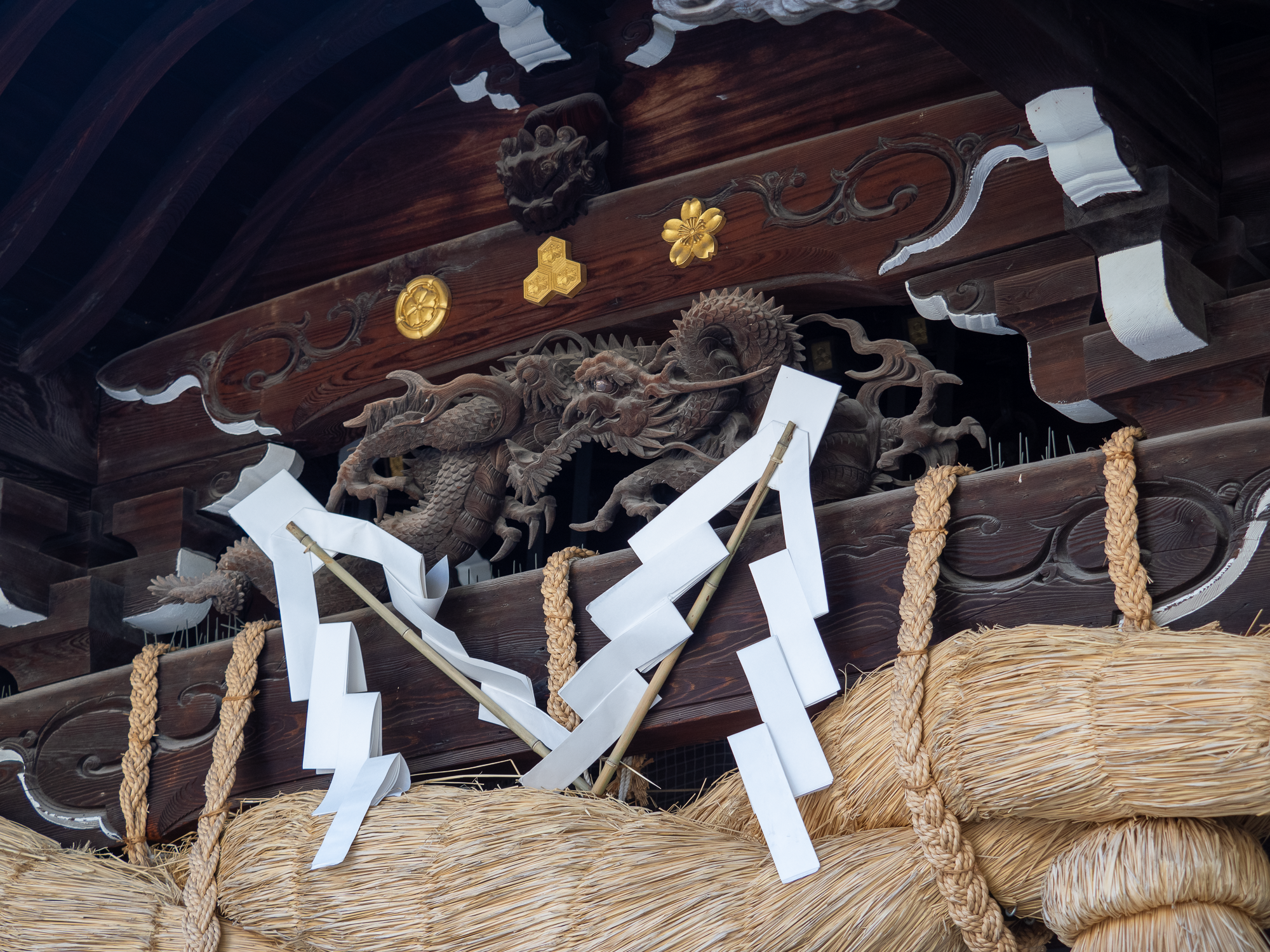
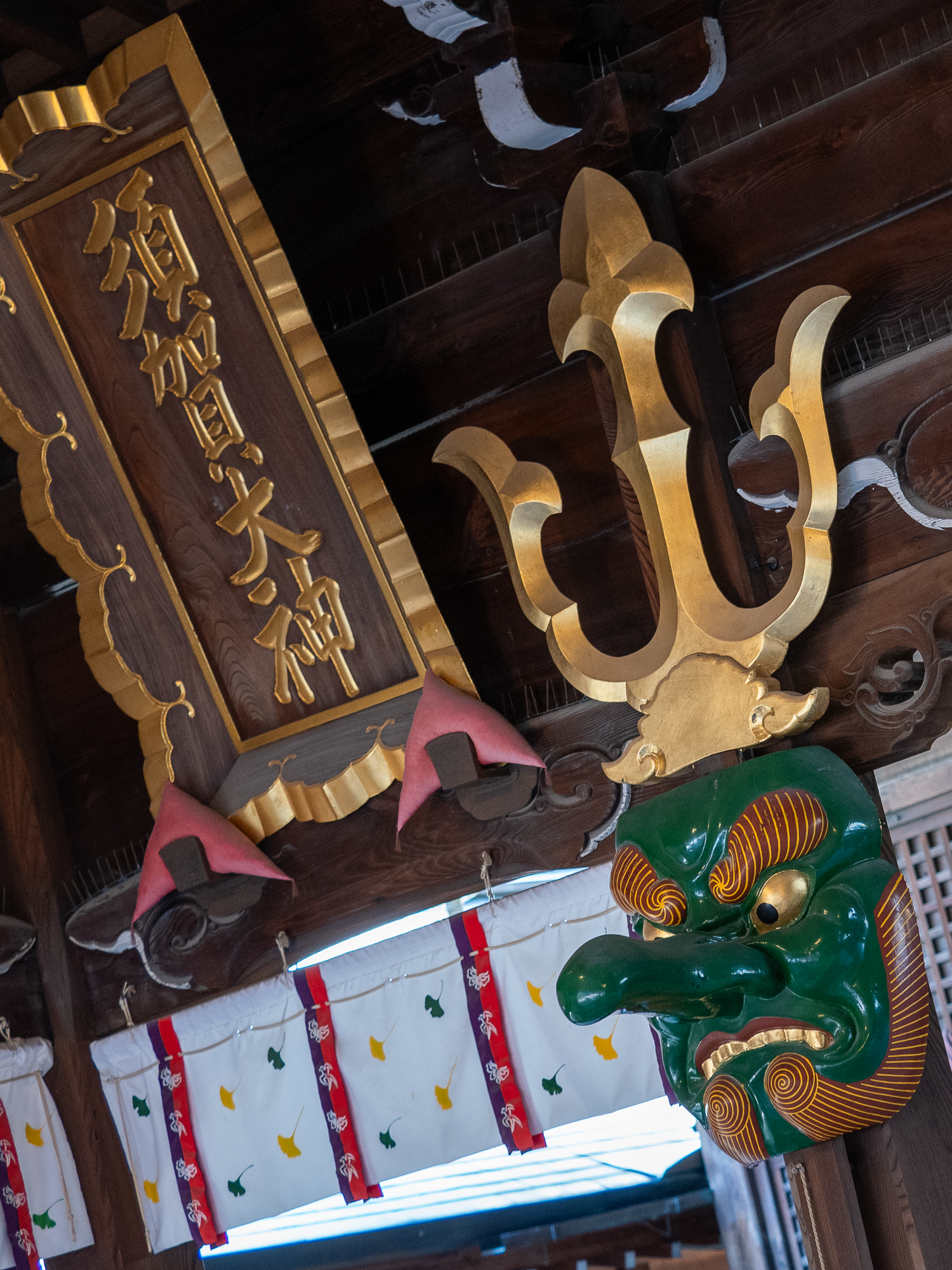
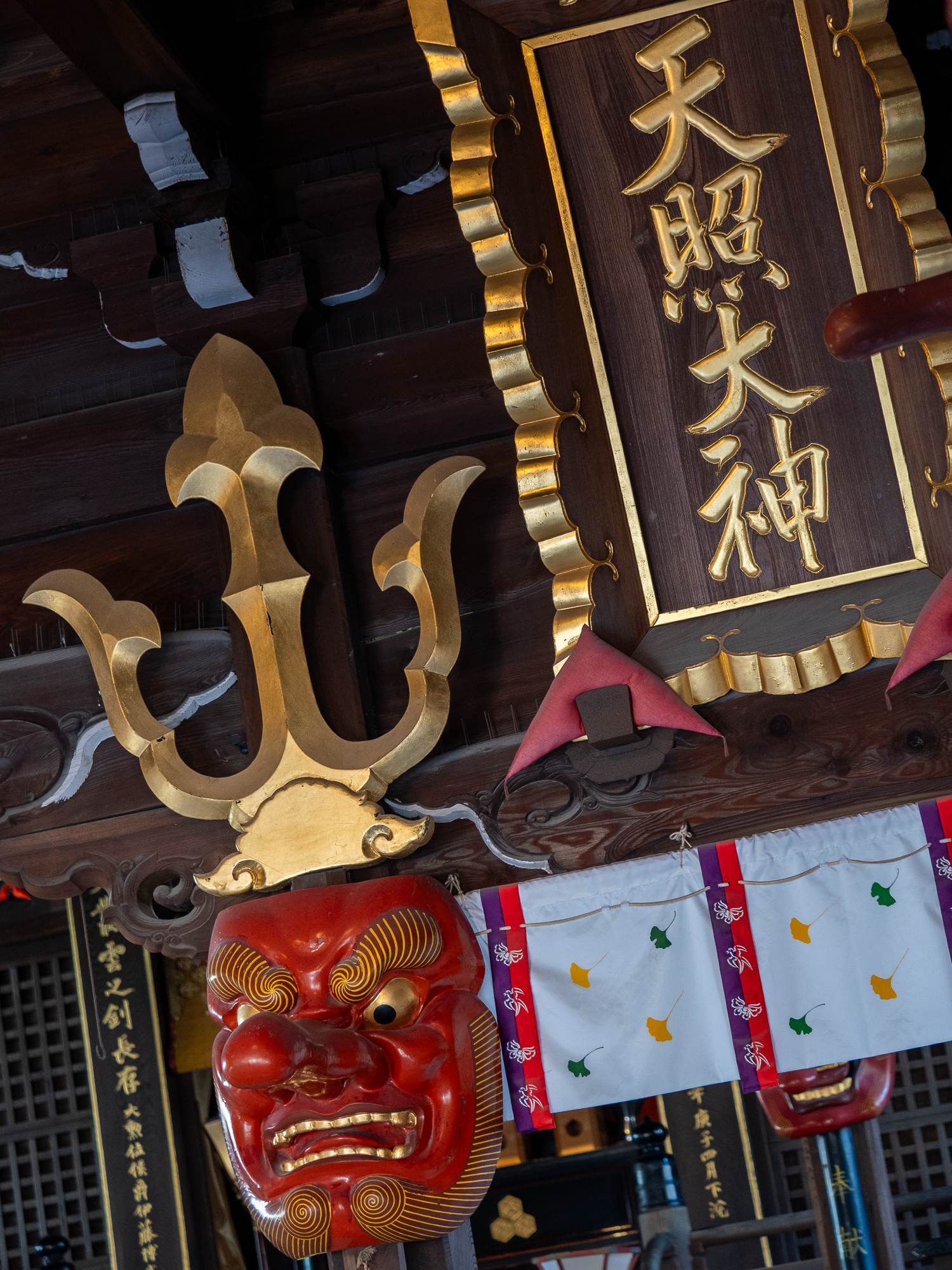
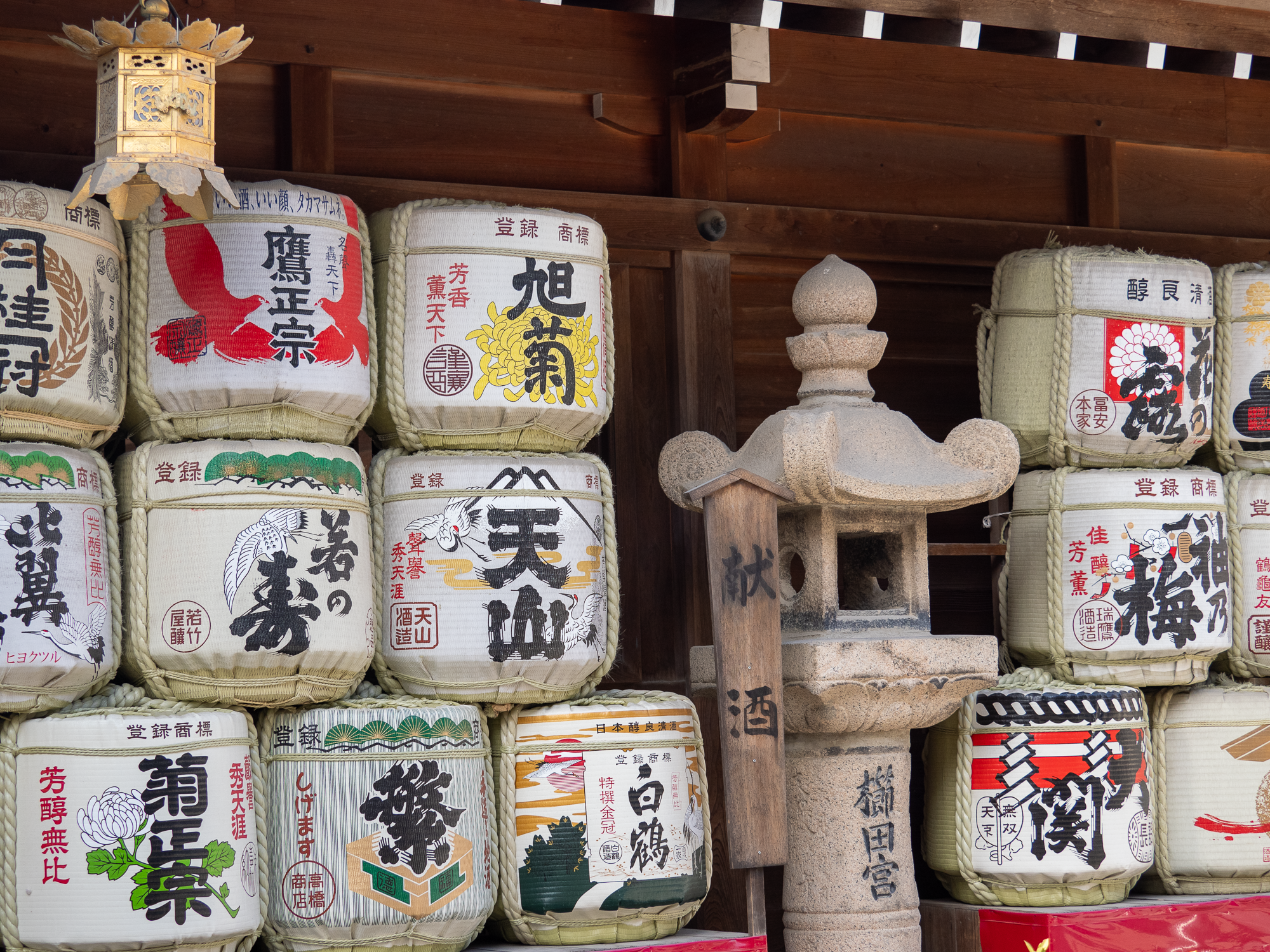
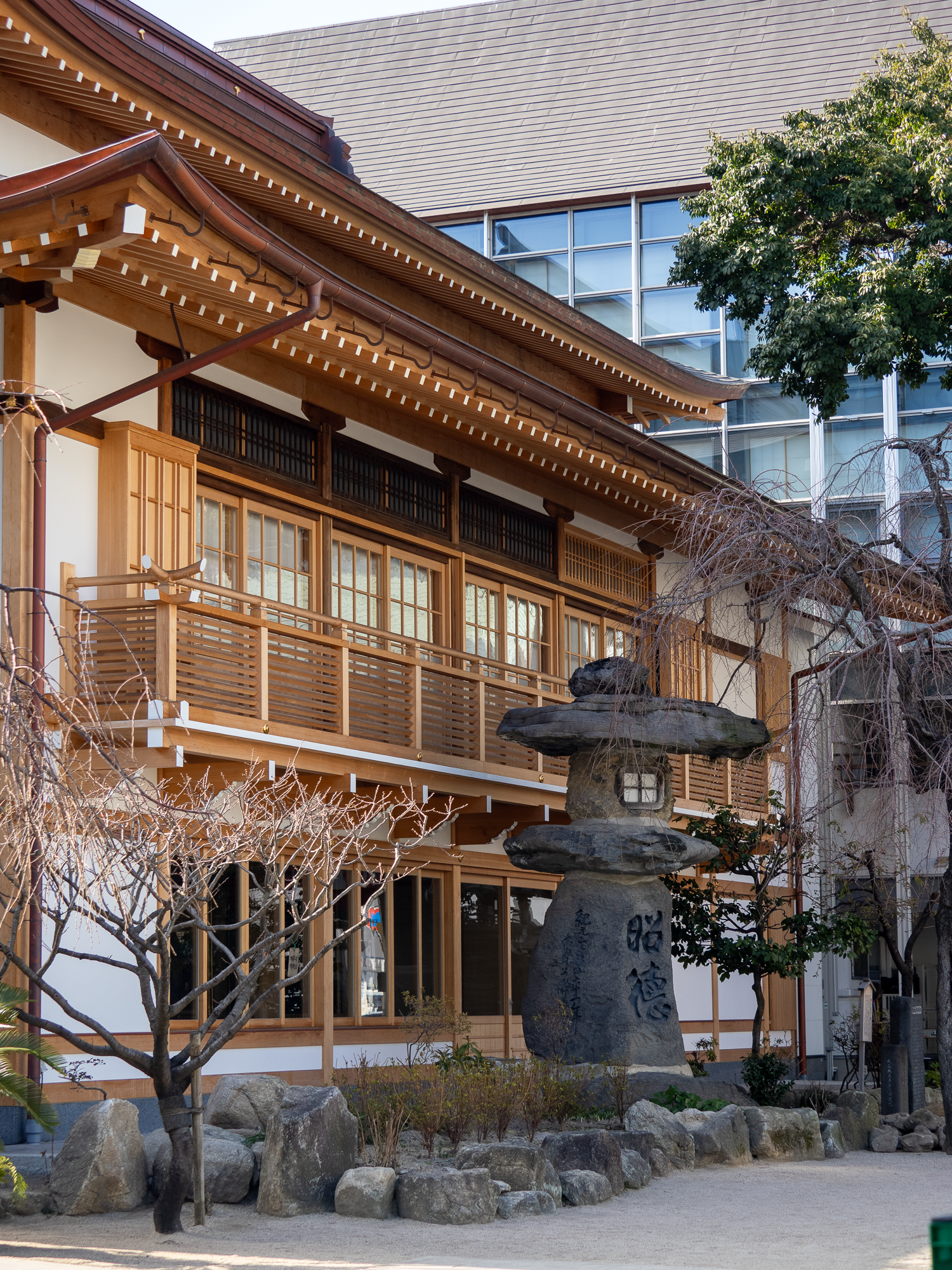
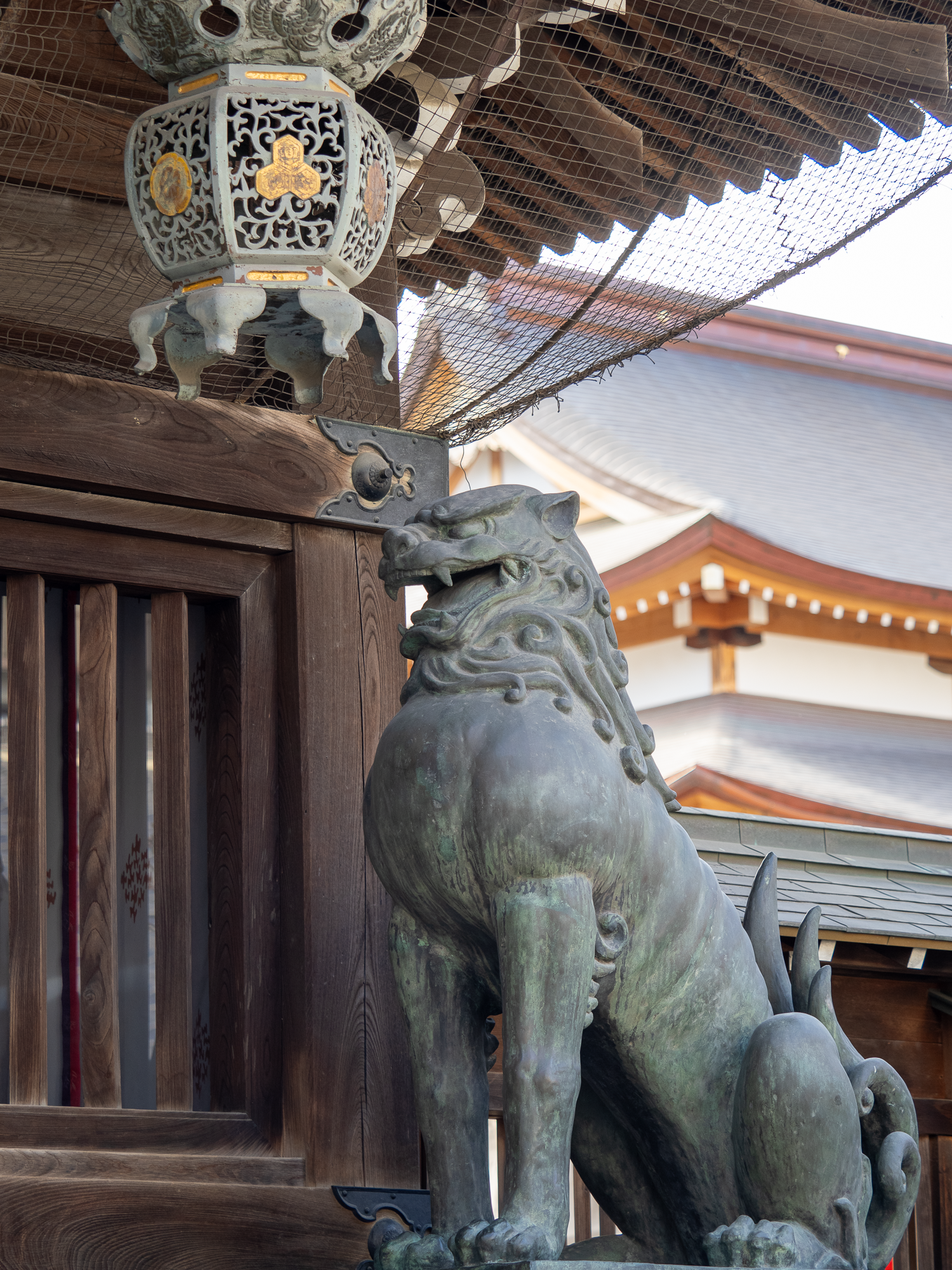
Dazaifu and Tenmangu Shrine(太宰府天満宮)

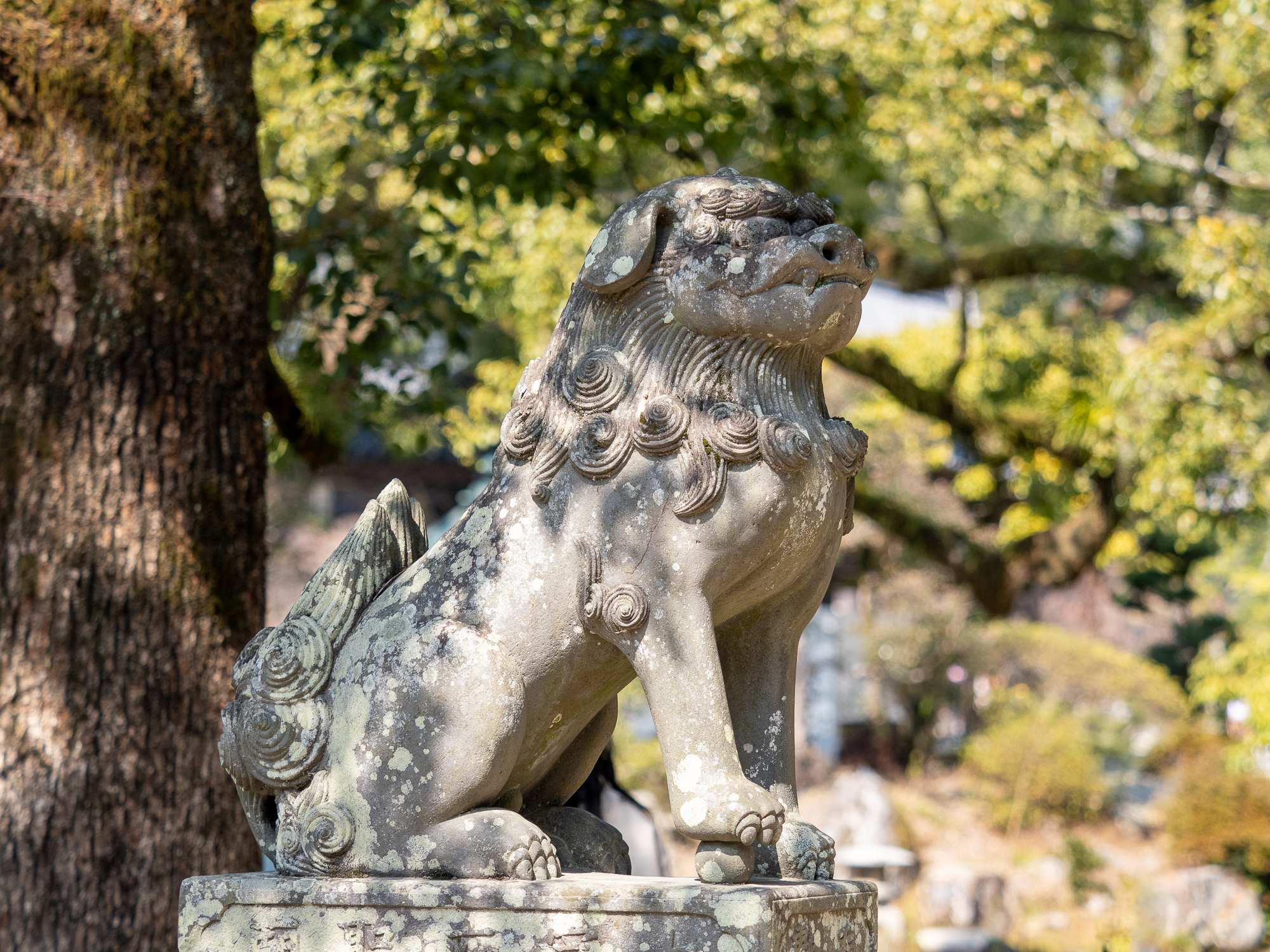
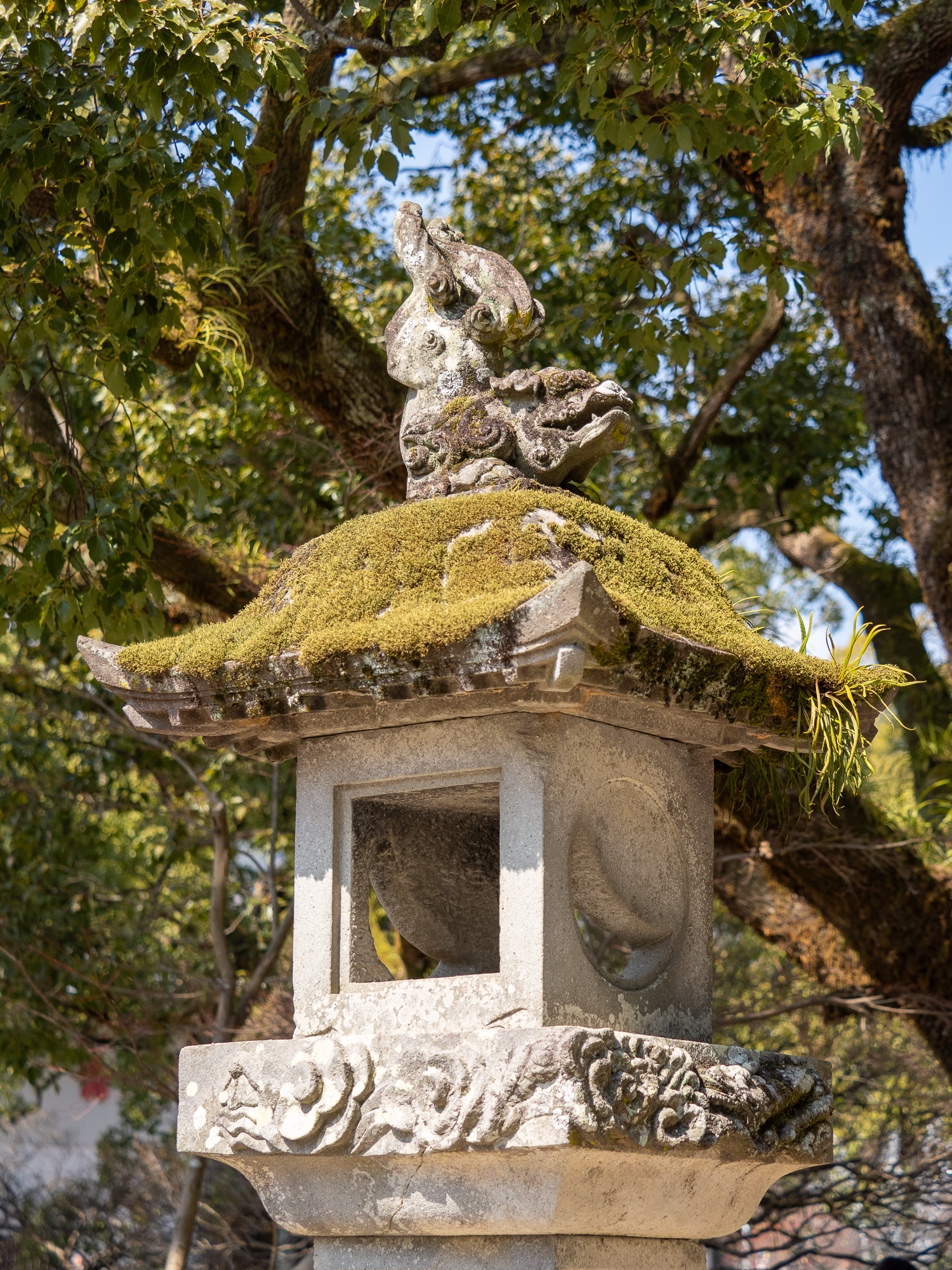

You will need to take a train or the bus to Dazaifu, but the trip is worth it. It is also close to Fukuoka Airport, so it may be a good last destination before flying back.
Dazai-fu was an administrative centre in Japan for thousands of years; it played a significant role in overseeing Japan's interactions with China and Korea, being the de facto Department of Foreign Affairs of the time. If you're familiar with Prefecture names in Japan, you may know about Osaka-fu and Kyoto-fu. These names are remnants of the same administrative divisions.
Today, Dazaifu is best known for its shrine, Dazaifu Tenmangū, dedicated to Sugawara no Michizane, the deity of learning. It is a popular site for students praying for success in their exams. Sugawara no Michizane is also the shrine's deity next to my home, Kameido Tenjinja, so I felt a weird sense of familiarity.
Finally, we went to the Kyūshū National Museum. Its location, at the top of a small mountain close to the shrine, is something I had never seen before. If you have the time, I recommend giving it a try.
